Welcome back, beautiful builders! For today's post, we'll quickly moving through the slow process I use to cook down the sap I gathered after tapping some local trees, which I detailed in this post.
If you would like to learn about the standard method of boiling all your sap to cook it down quickly, check out this post by @thebigsweed. Give him a look and a follow to learn all sorts of great things you can do with trees!
I use the method I'm going to describe because it's easy for me. I use a kerosene heater for much of late fall, all of winter, and early spring. We frequently will put a pot or large bowl of water on top, to add some extra moisture to the air through our dry winters. People who heat with woodstoves or floor furnaces are probably familiar with this tactic. For most of this process, I'm simply replacing that water with my sap.
The pot in the picture below hold 4 gallons when filled right to the top, which is perfect for me for two reasons. First, this pot filled with sap is right at the edge of how much weight the cage around my heater can take without bending permanently. Second, the most sap I've ever harvested in a day is about 3 1/2 gallons. I suppose there's a third reason, which is that my heater will steam off just over 3 gallons of water in a 24 hour period.
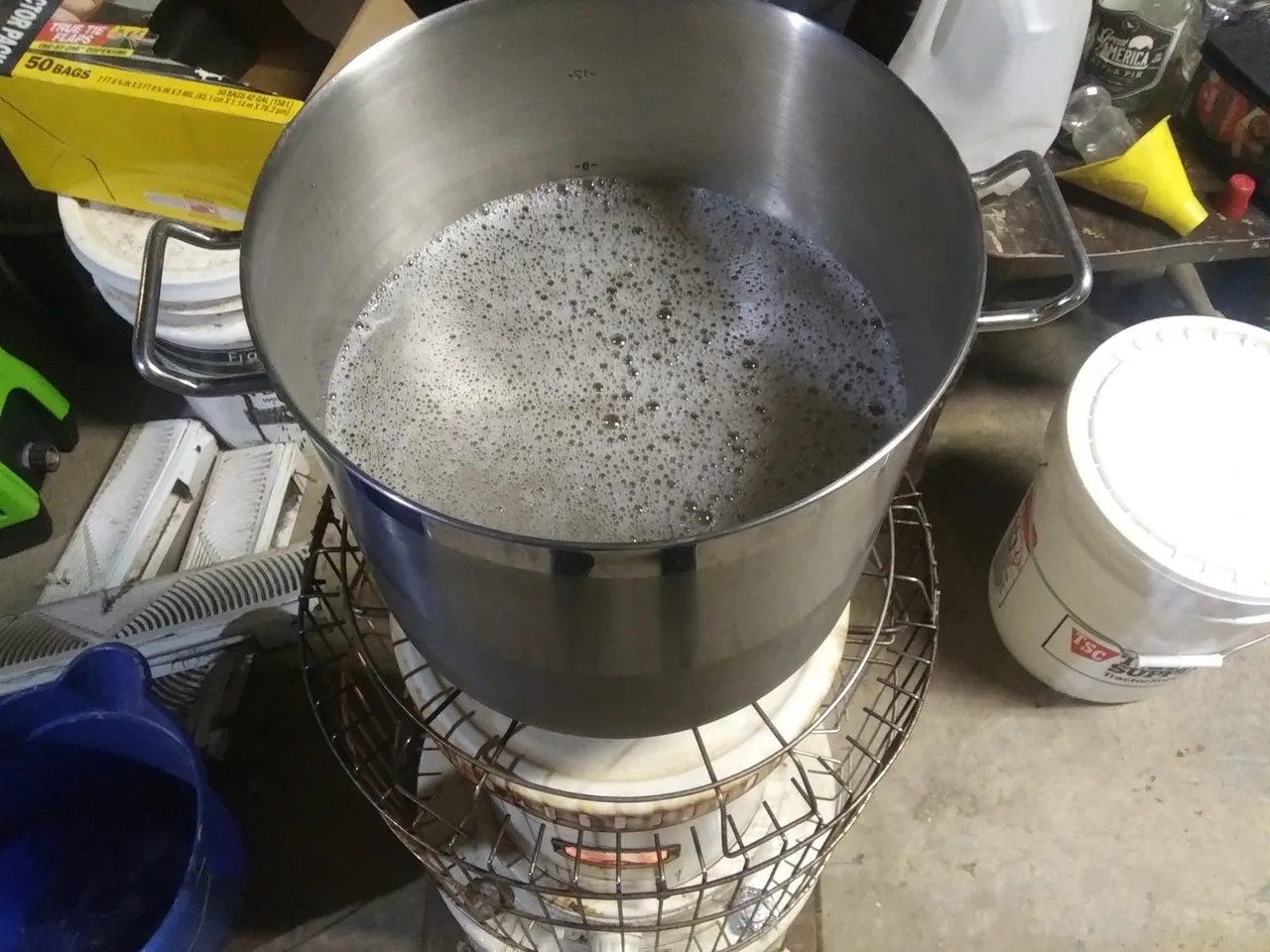
The picture below is what I have after 3 days of filling the pot and steaming off the water. You can see the color starting to come out, but there still isn't enough sugar in this for it to thicken. It took about 10 gallons of sap to get this much watery syrup, probably around half a cup. When the level gets this low, you'll have to add water or take it off the heat until you can add more sap. Even though the sugar levels are low, it can still burn if overcooked.
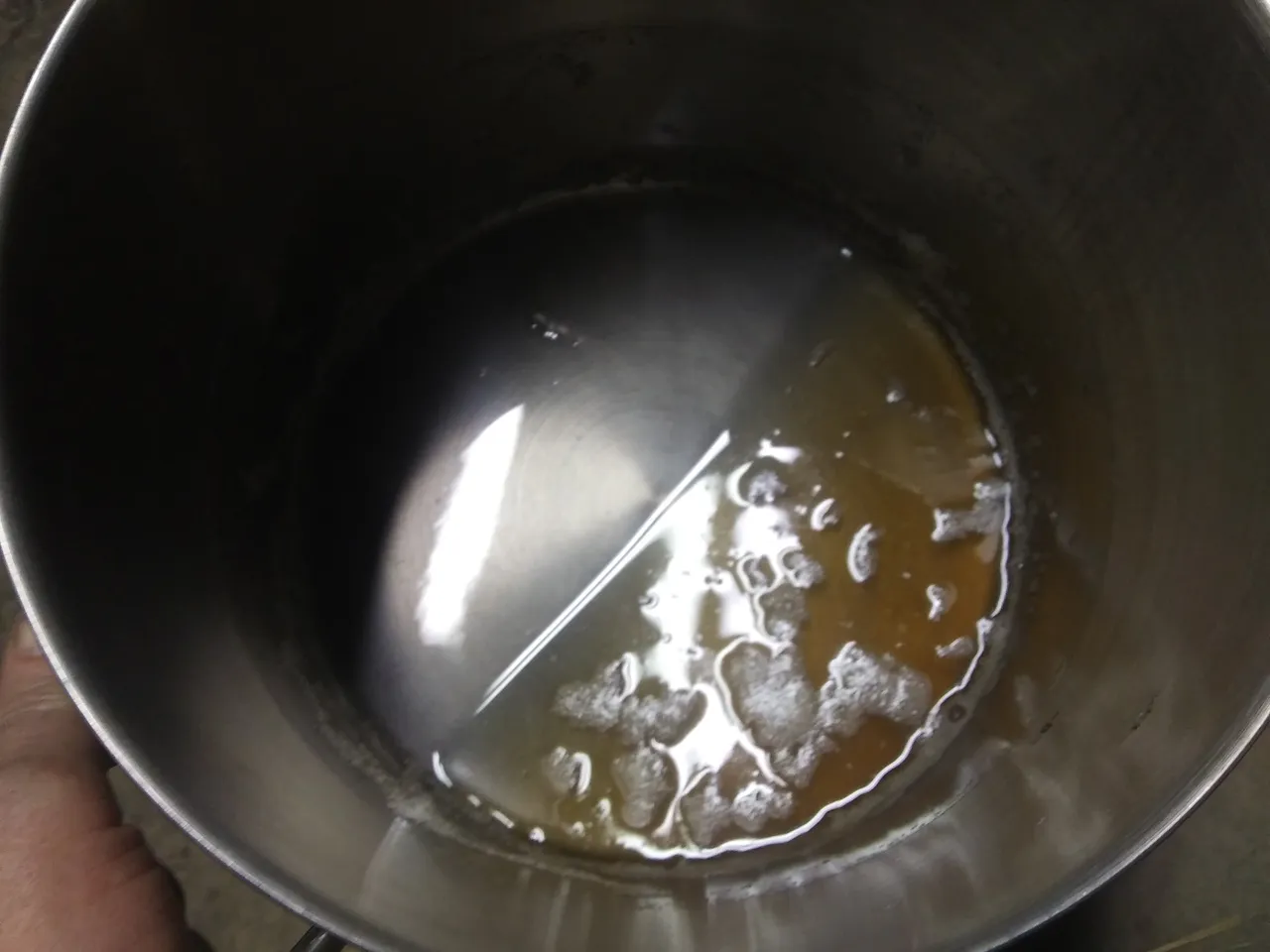
Almost 2 weeks into the sap season, the 'syrup' finally keeps its color when I add fresh sap. A lot of different things can affect the sugar content of your sap, so saying how much sap you'll need to make a certain amount of syrup is little more than a guessing game. To get a gallon of good syrup, you could need anywhere from 20 to 100 gallons of sap. As with anything, take notes each year if you want to be able to figure out how much syrup you'll end up with. After a while, you'll get to know your trees.
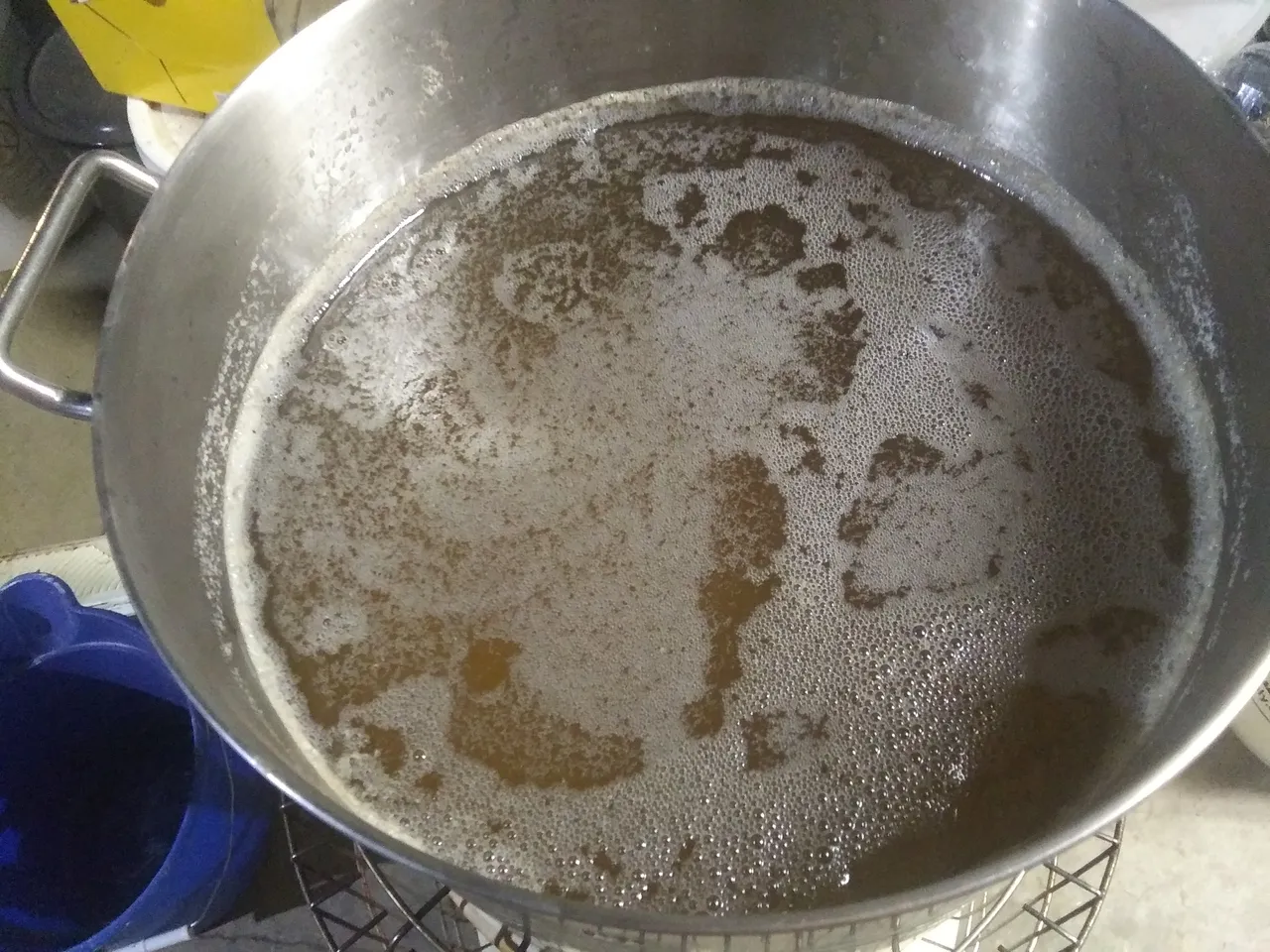
As I get to week 3, it's really starting to look, and smell like syrup as it cooks down. The foamy stuff getting stuck to the sides is basically maple sugar, and absolutely delicious if you want to go through the trouble of scraping it off. Another reason this method works well for me is that I don't currently have the means to store the 60 or so gallons of sap I got this year and then boil it all at once. By doing this slowly, a few gallons every day, I'm able to make between a quart and a gallon of syrup every year without investing in any new equipment, other than the $10 I spent on my taps.
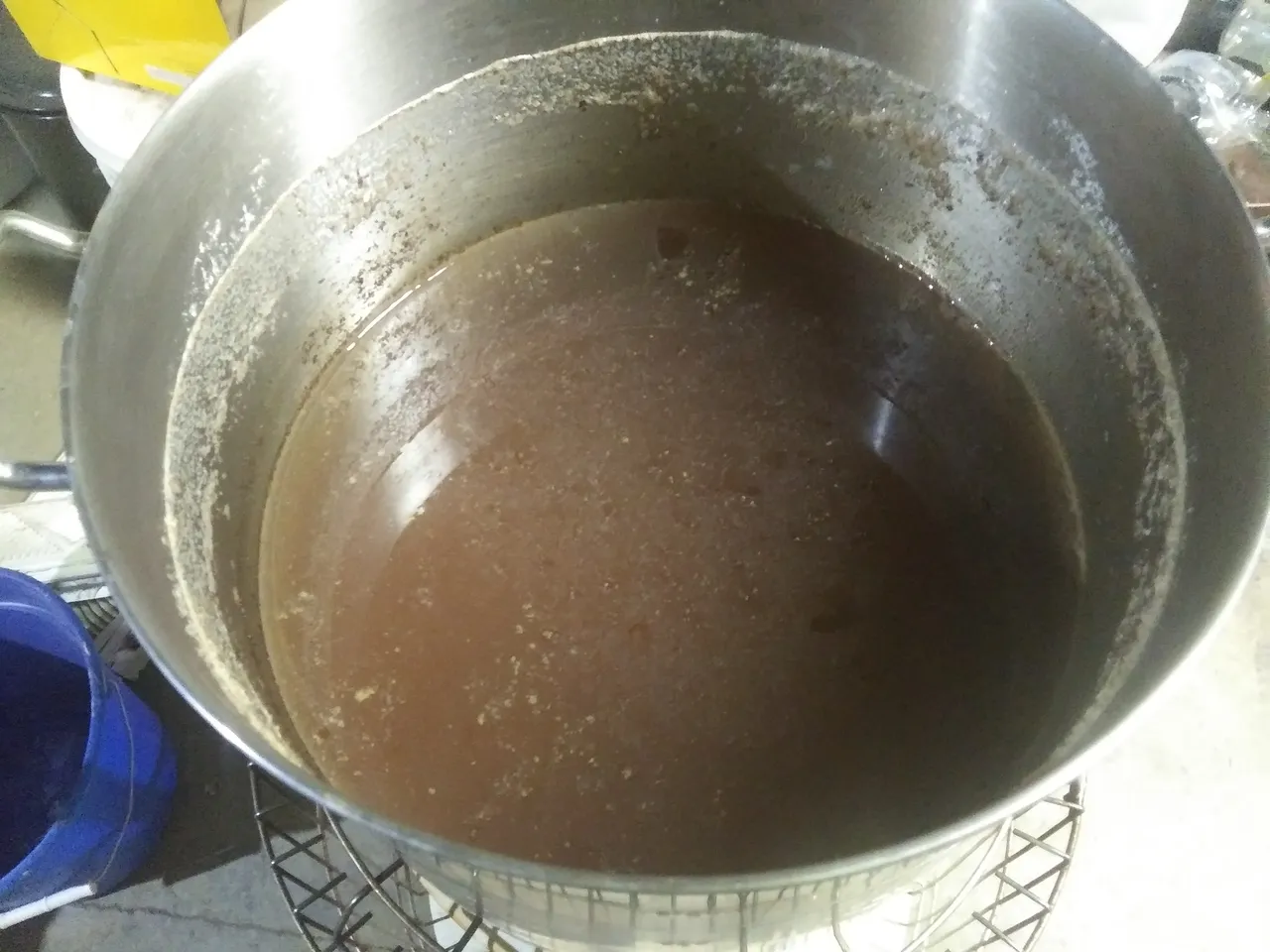
This year, I was also able to collect some black walnut sap for the first time. I don't have as many walnut trees, and they don't produce as much sap per day, so my method is a little different for it. I had two trees tapped, which were producing between a pint and a 1 1/2 quarts a day, so I would save the sap in my refrigerator until I had around a gallon. I'd then cook that gallon down, and cover and refrigerate the pot until I had enough sap to cook again. Sap stores okay, if you can keep it cold, but it stores better the more sugary it gets. My maple syrup keeps for a year in the pantry with no problem, we'll find out about the walnut soon!
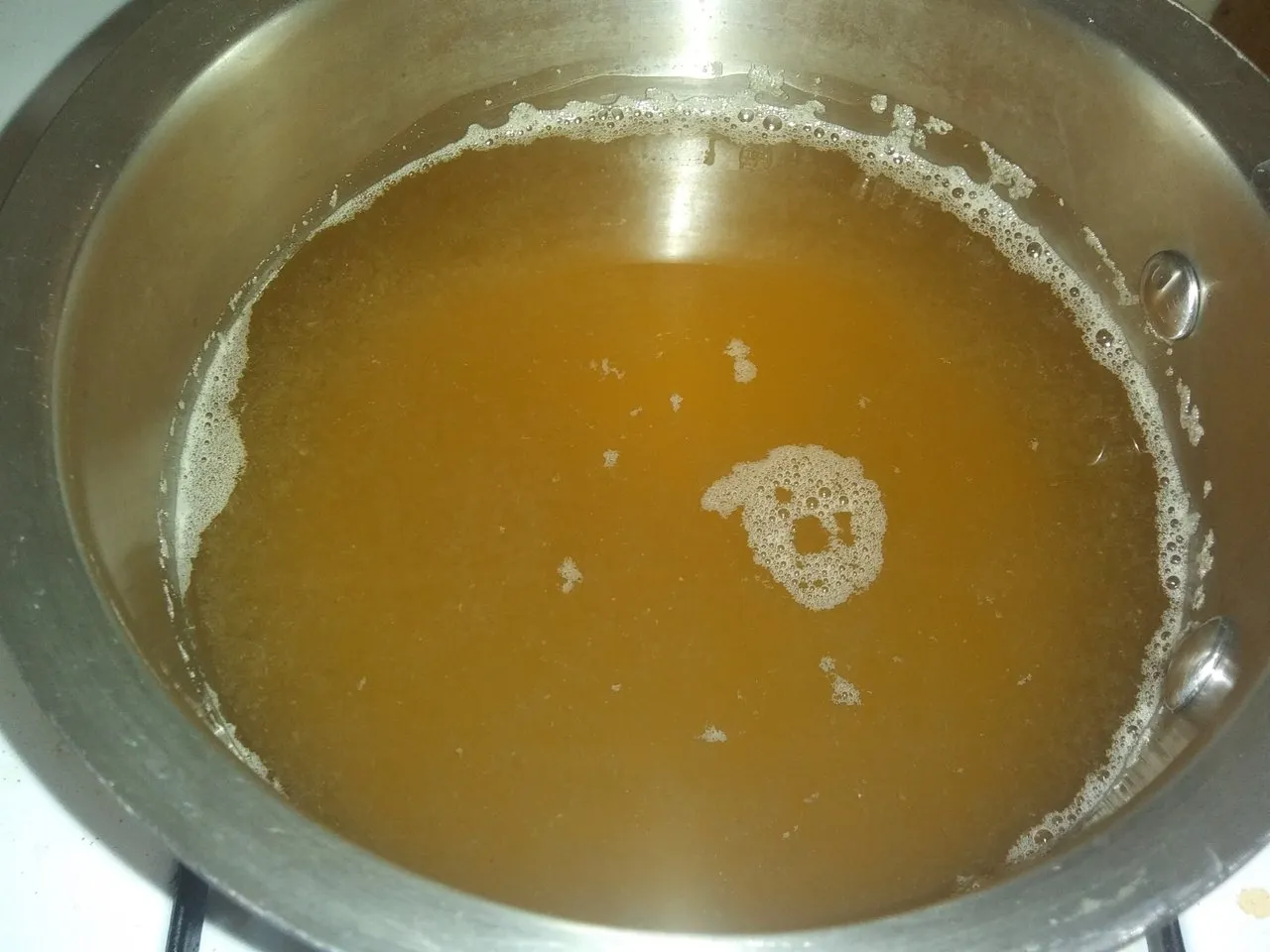
After the sap season is done, I finish my syrup on the stovetop, where I can keep a watchful eye on it. Once it begins to thicken, it is easy for it to get too hot and boil over, or burn. The first year I did this, I dozed off just as my syrup was finishing and woke up to a house filled with delicious smelling smoke. You can see that the maple, on the left, is much darker than the walnut, which has a more yellow color. They tasted similar, but the walnut has what I would call a more 'crisp' sweetness to it, more like cotton candy.
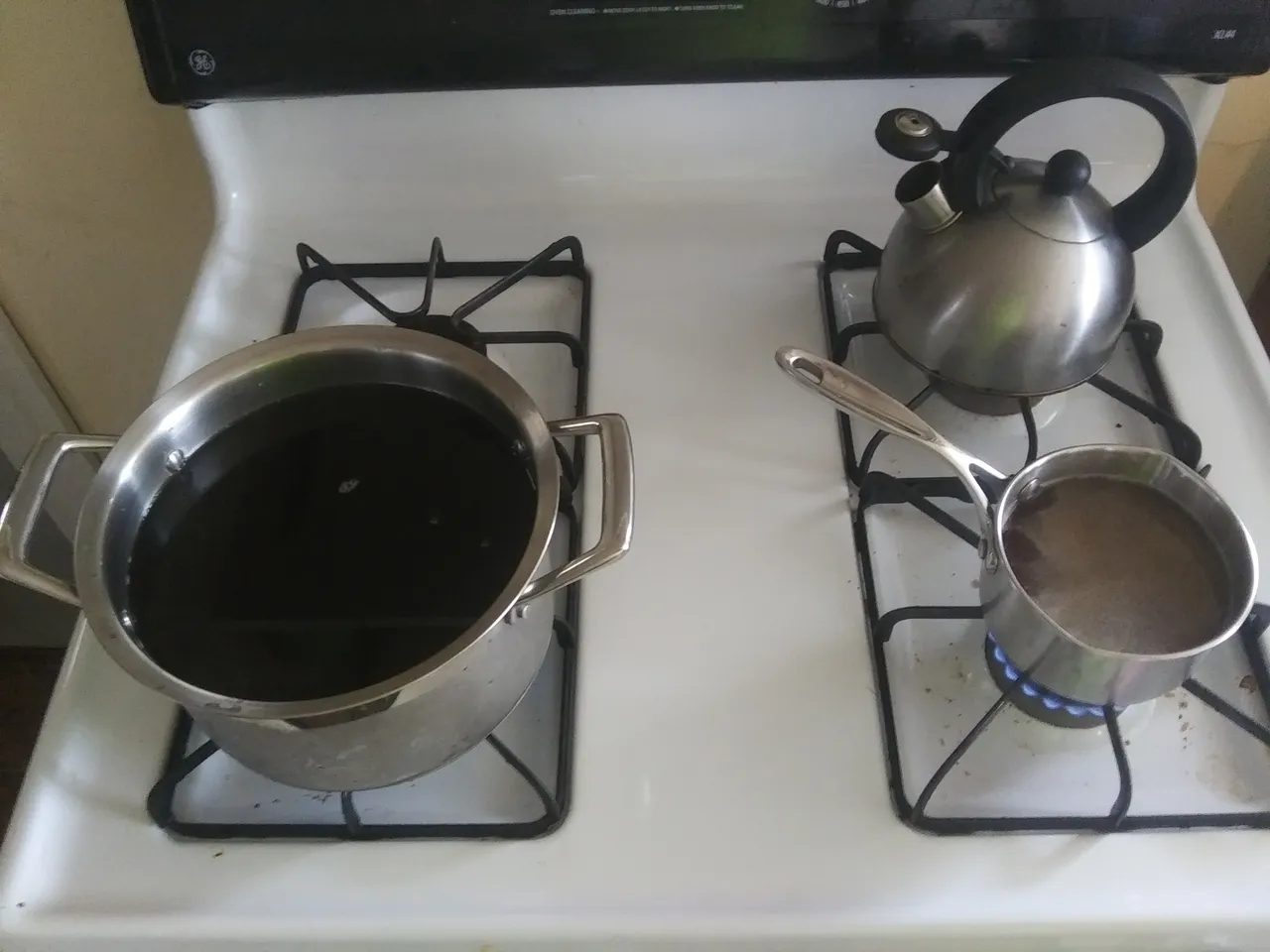
When the foam on top starts getting thick enough to take out spoonfuls of it like whipped cream (it's also delicious, of course), I know I'm getting close. At this point I make sure to keep the heat as low as possible. I don't want to get into a whole post on candy-making, so for now I'll just say I keep the temp low to make sure my syrup won't harden into candy. To get an idea of how thick your syrup is, you'll need to take a spoonful and let it cool down. Syrup will become considerably thicker as it cools, so it will seem runny while it's warm and in the pot, even though it may already be as thick as you want it.
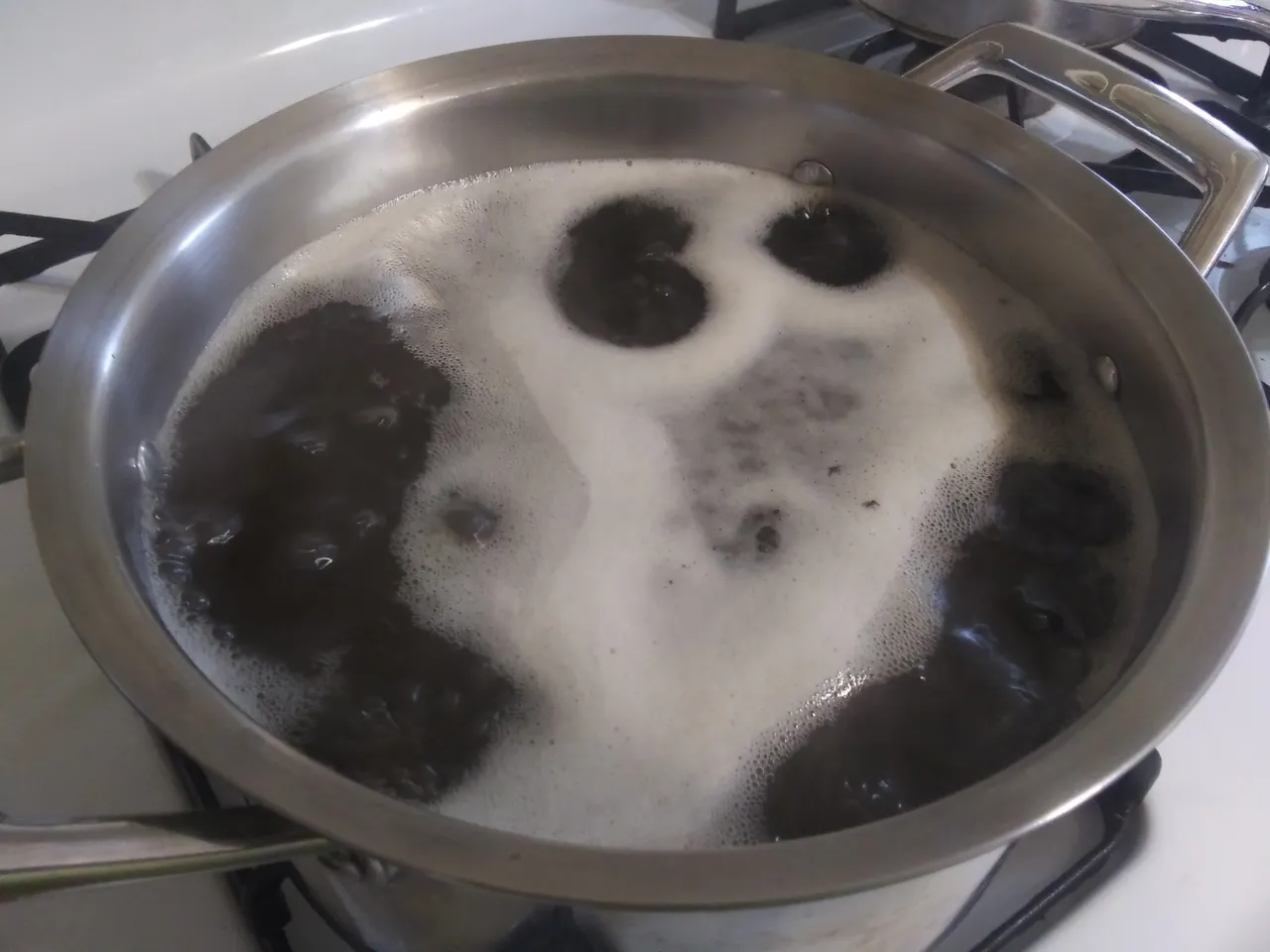
I cook my syrup to taste, you can cook it until it's the taste you want, or the color you want, or the thickness you want. Some people like to filter their syrup after it's cooked, but I like the 'crunchiness' I get by leaving the solids in. I had maple syrup left from last year, so this year I cooked it until it was practically molasses. Now we have some maple molasses if we want to try something a little different in a recipe. I got a total of 3 pints of that, and just a half pint of the walnut syrup. We don't use much of this ourselves in a year, so we usually give about half of it away as gifts for the holidays. That walnut syrup was amazing, so we're going to be stingy with that this year. If I can find a good stand of walnut trees with easy access, I'll probably go all-in on walnut sap next year.
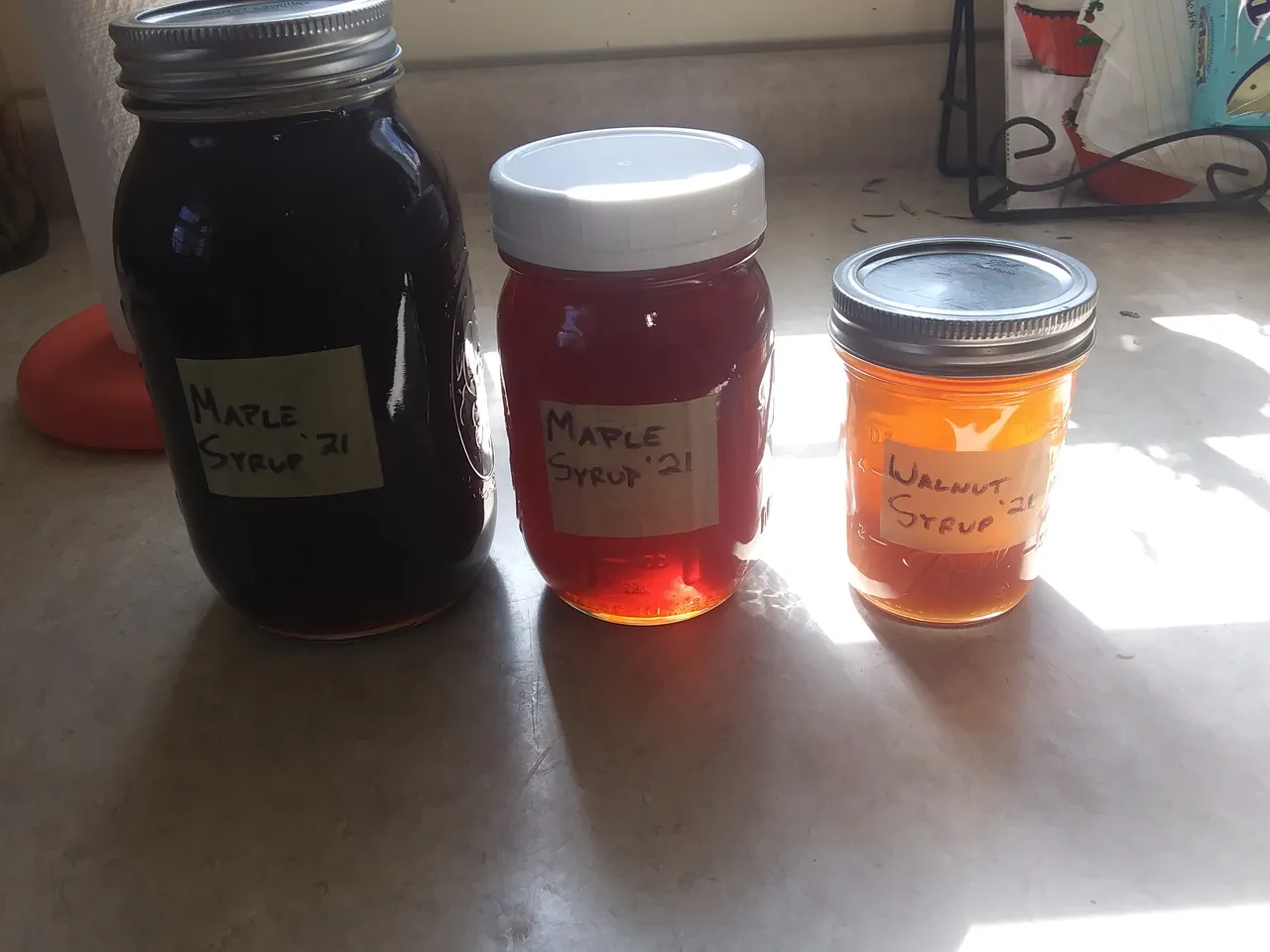
This stuff I make at home is MUCH thicker than most maple syrup you can buy... it pours like cold Mrs. Butterworth's. Some years, a gallon of real maple syrup will cost over $200 around here, and this is an area where people make A LOT of maple syrup! I'm happy just to make enough for myself, and some to share with family and friends.
I hope you've had fun reading this, and gotten inspired to poke a small hole in a tree or two next season! If you're reading this, and have had experience tapping any of several other varieties of trees with sugary sap, I would love to hear from you! The internet is very scarce on knowledge about when and how to tap any trees other than maple and birch.
Thanks for dropping in, hope to see you all again!
